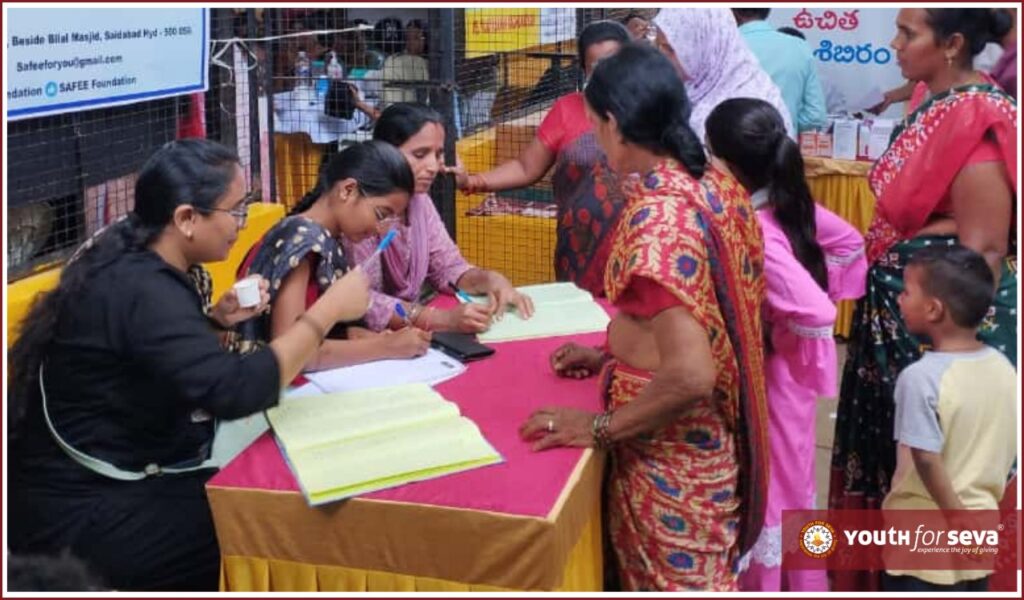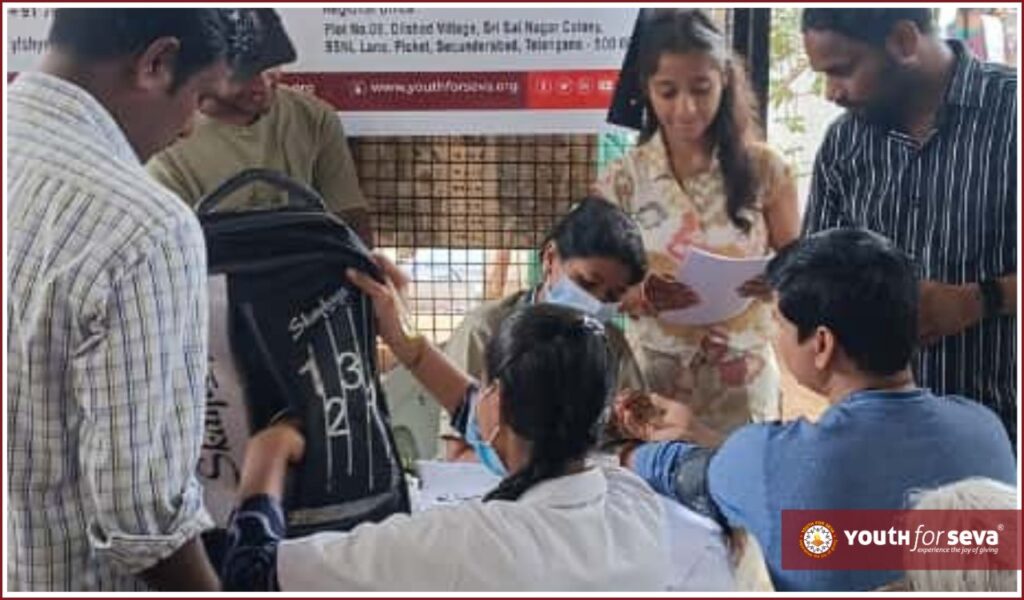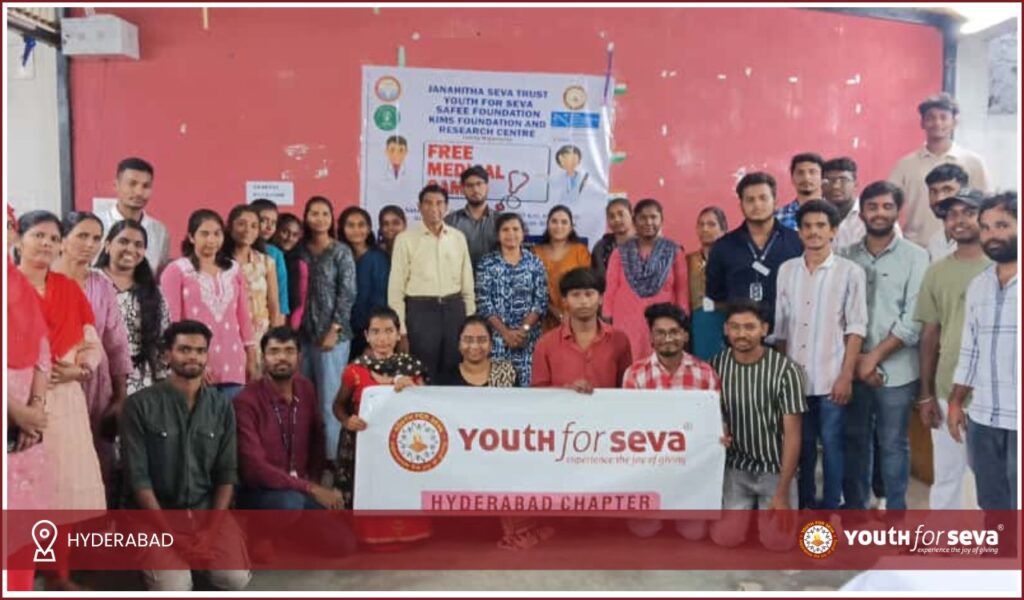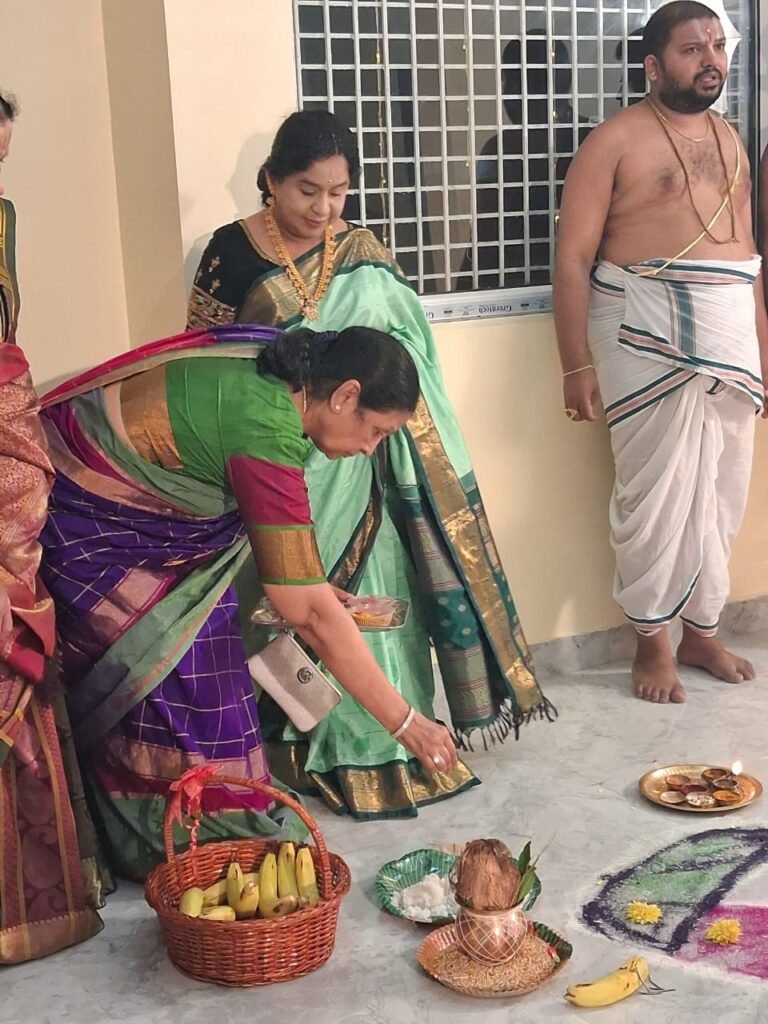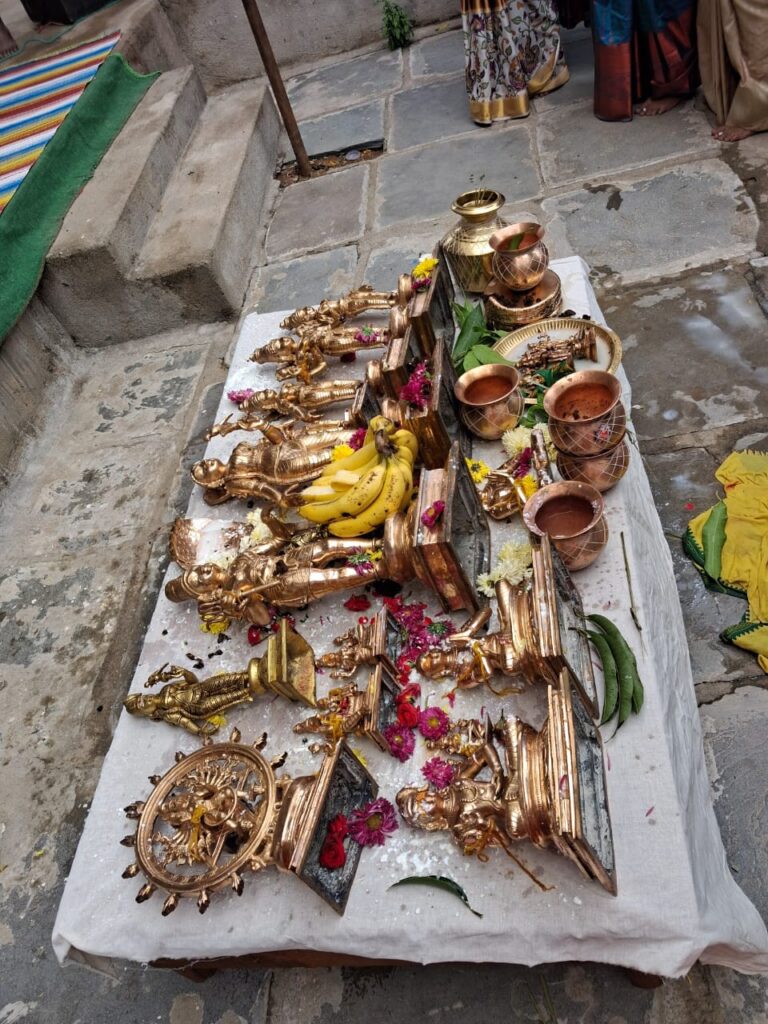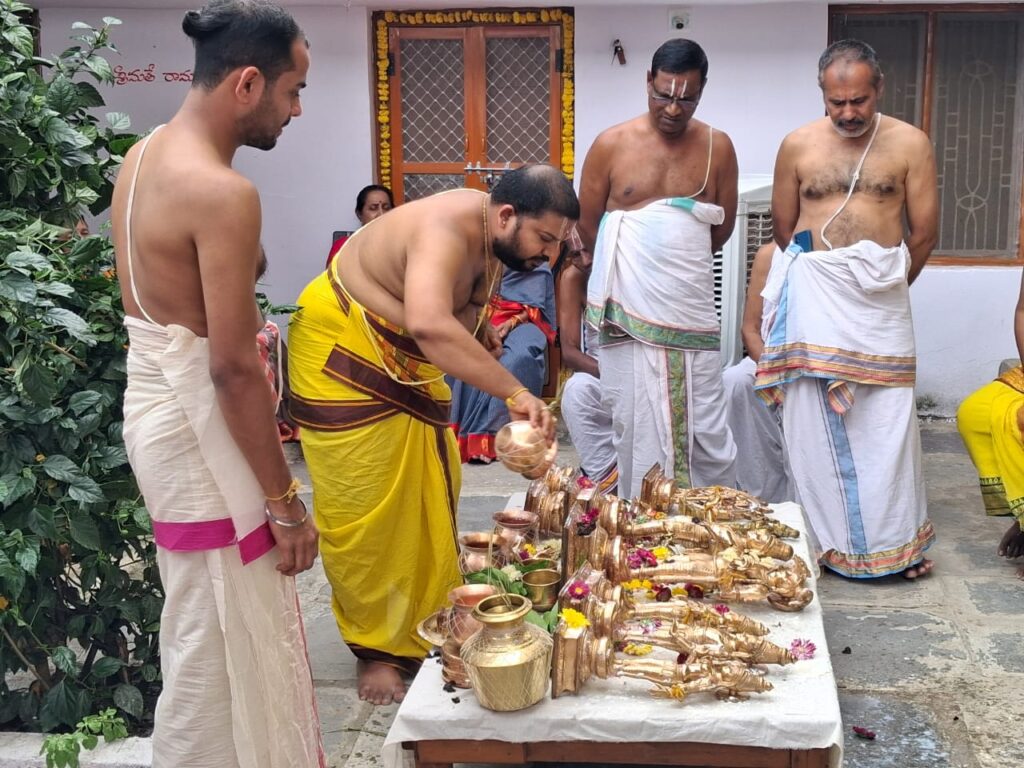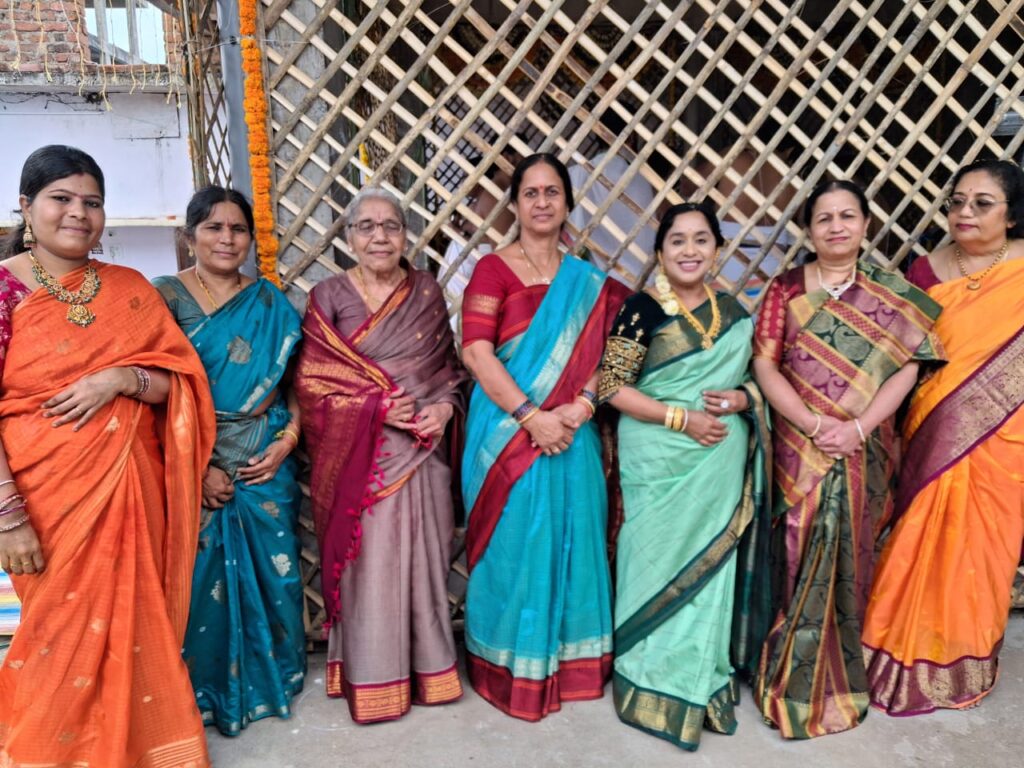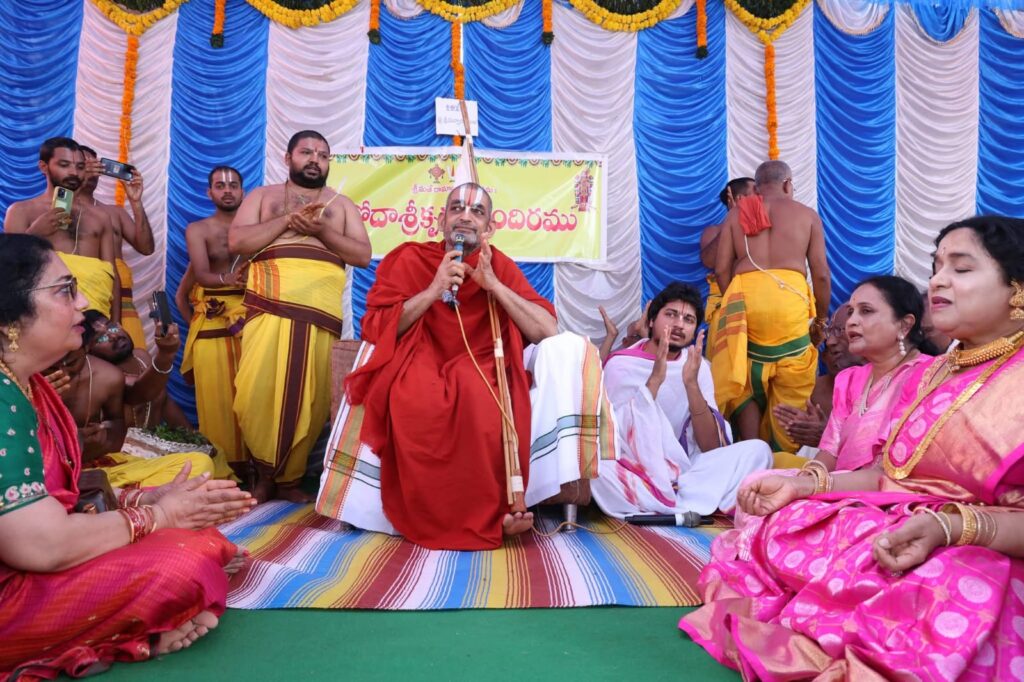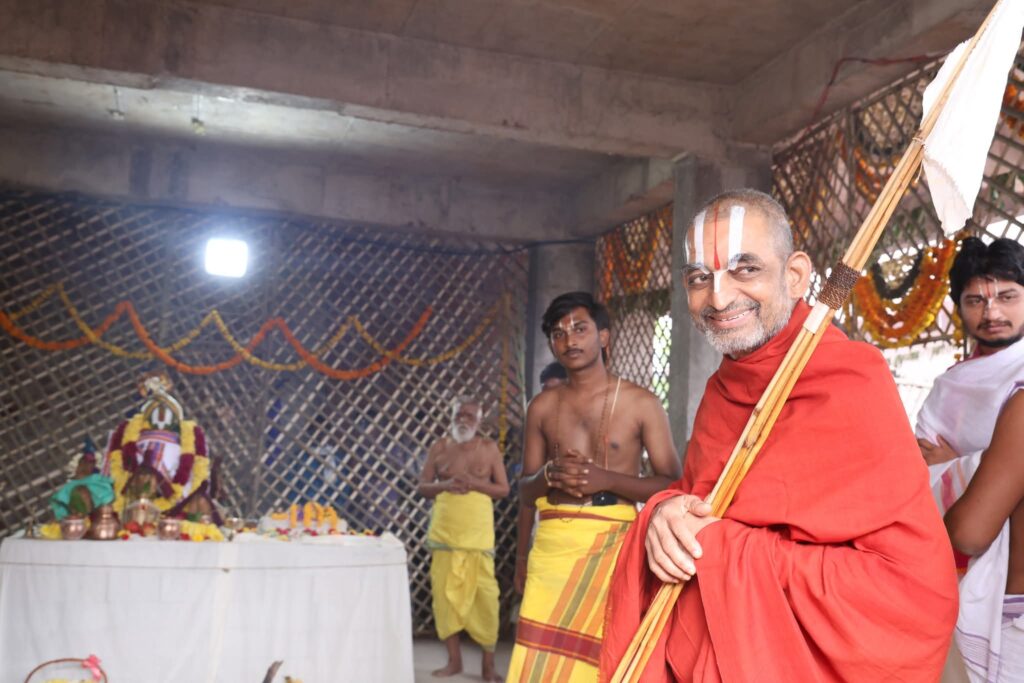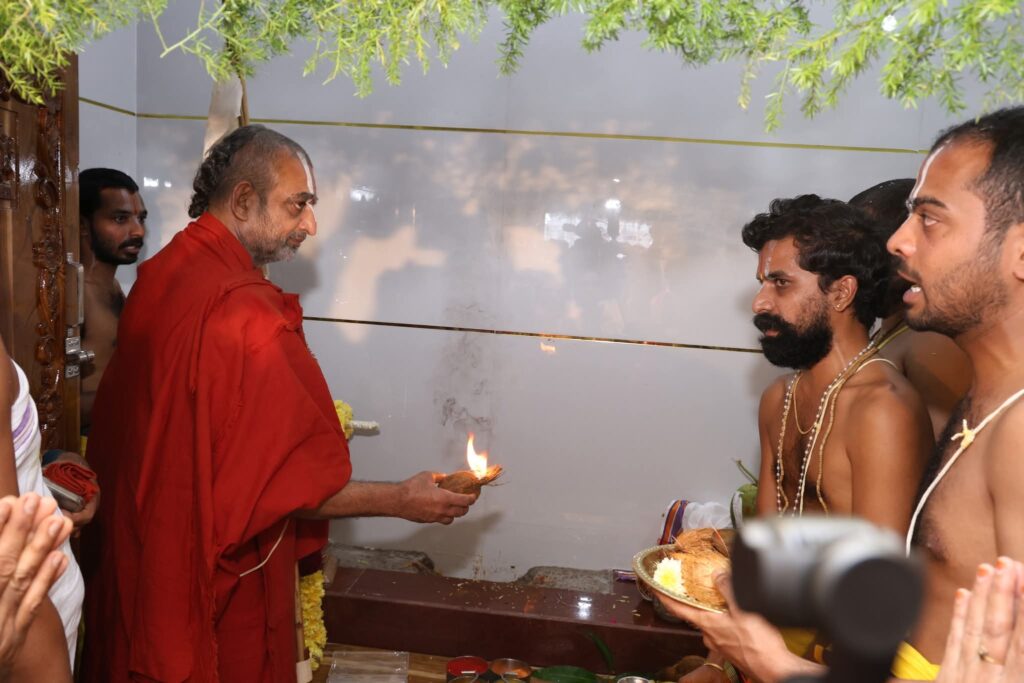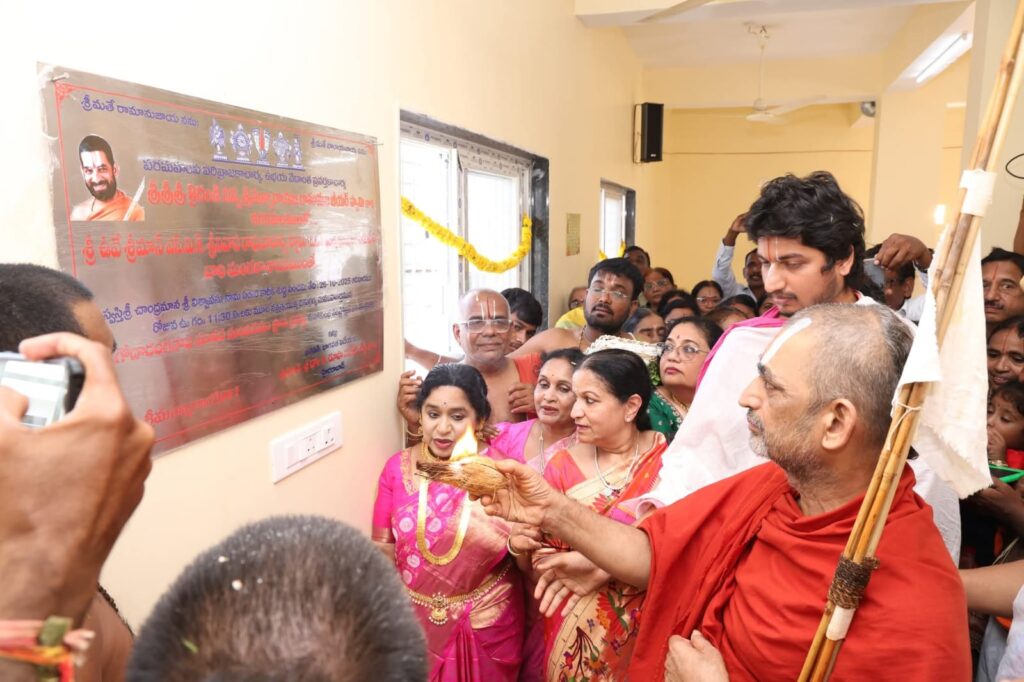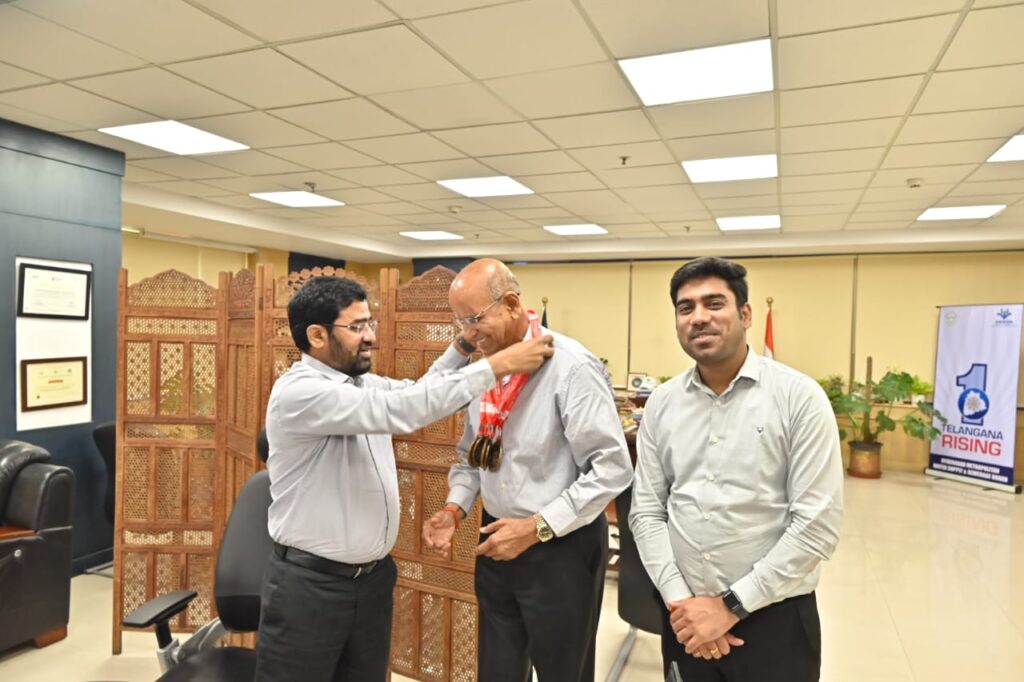Protest Against Proposed Thumkunta Municipality Dump Yard at Bommarasipet–Ponnal – November 6, 2025
For the past three years, residents and landowners in our region have been united in their struggle for fair development and sustainable growth. Now, a new and serious threat has emerged — the proposed shifting of the Thumkunta Municipality waste dump yard from Jawaharnagar to Bommarasipet/Ponnal (near the crusher area adjacent to our lands).
If this proposal is approved, it will drastically reduce the value of our lands, wiping out all the positive impact expected from upcoming infrastructure projects such as:
- Metro Extension up to ORR
- Elevated Corridor Project
- Ongoing developments along the Outer Ring Road
These major projects were supposed to boost the region’s growth potential, but the dump yard plan could nullify all progress and cause serious environmental and health concerns for nearby villages.
To oppose this decision, our friends and farmers from Bommarasipet and Ponnal villages are organizing a protest today at 10:30 AM at the Collector’s Office. Their goal is to prevent approval of this harmful proposal.
We urge all affected landowners and residents to stand together and join the protest as equal stakeholders. This is our chance to show unity and protect the future of our area before it’s too late.
Let us gather in strength at the Collector’s Office at 10:30 AM and voice our objection to the proposed dump yard relocation.

